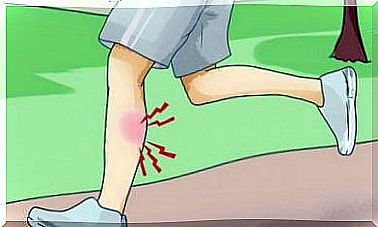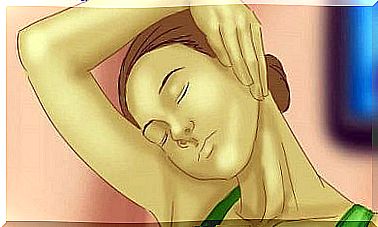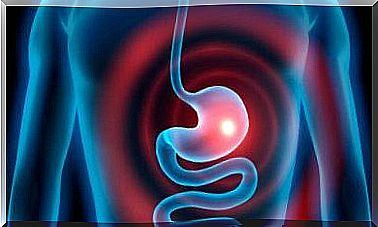What Is Radiculopathy? Causes, Symptoms And Treatment
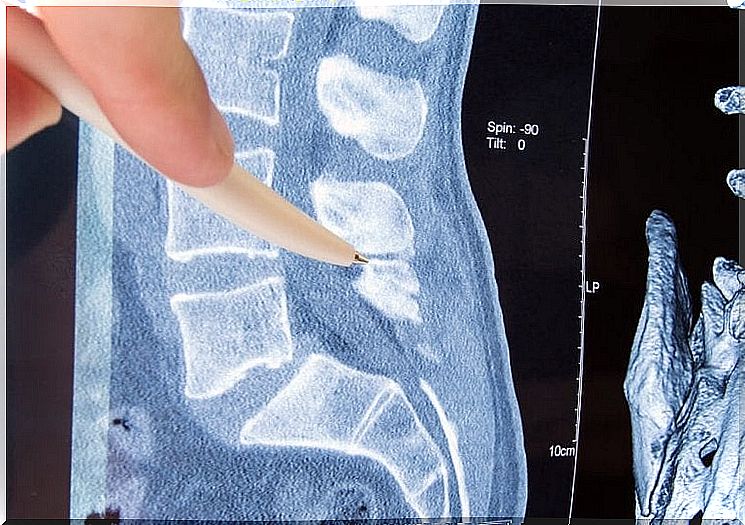
What is radiculopathy? To better understand what this condition entails, you need to remember some basic information about the spine.
The spine is a bony structure made up of vertebrae that, in turn, protect the bones and allow movement. The vertebrae have holes on either side, through which come out nerves that start from various parts of the body.
The components of the nerves that run through the vertebrae are called nerve roots. Radiculopathy involves a compression of the nerves at the roots. What are the causes and clinical manifestations of this condition? In the following, we will provide answers to these questions and present you with the available treatment options.
Causes of radiculopathy
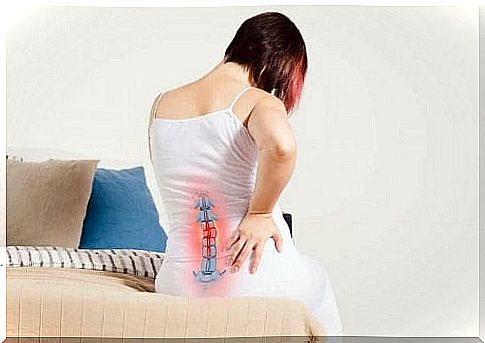
Radiculopathy can have various causes:
- Diseases of the intervertebral discs
- Osteophytes
- Thickening of the ligaments in the affected region
- Spondylosis
- Radiation
- Diabetes
- Tumors
- Severe scoliosis
- Meningitis
Any of these health problems can reduce the spaces through which the nerves come out, causing them to compress.
Symptoms of radiculopathy
Because radiculopathy affects the nerve roots, its symptoms tend to manifest in the parts of the body that correspond to the affected nerves. In general, patients will experience combinations of:
- Pain
- Muscle weakness or difficulty controlling muscles
- Excessive sensitivity to pain in the affected area (hypergelemia)
- Numbness and tingling
As mentioned earlier, the location of the symptoms depends on the cause of the problem.
Cervical radiculopathy
This type of radiculopathy targets the cervical spine. The nerves in this region control the muscles and the skin sensitivity of the neck and arms. The patient’s arms, shoulders and neck are the possible locations of symptoms.
For example, cervical radiculopathy can cause pain and weakness in the forearms, as well as numbness of the fingers.
Thoracic radiculopathy
This type of radiculopathy targets the thoracic spine. Affected nerves control the muscles and skin sensitivity of the chest and ribs. Sometimes specialists confuse chest radiculopathy with shingles. This is the rarest form of radiculopathy.
Lumbar radiculopathy
The latter type targets the lumbar spine. The nerves in this region control the muscles and skin sensitivity from the buttocks and hips to the legs. Patients may experience pain in the lower back, hips and legs.
In the most severe cases, control of the anal sphincter may be compromised. If the compression occurs in the exit area of the sciatic nerve, the most common symptom is a pain that radiates from the lumbar region, along the dorsal part of the legs and up to the soles. This is called sciatica.
What treatment is indicated to combat radiculopathy?
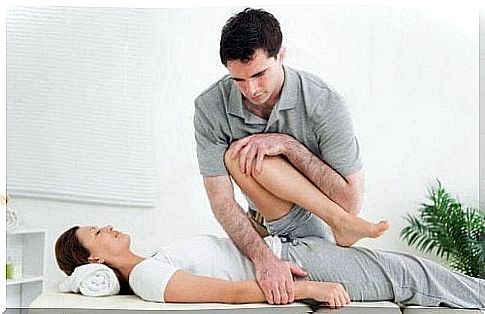
Doctors should opt for a treatment that addresses the cause of compression. If the nerve starts working properly again , the symptoms will go away.
Most patients with radiculopathy can get positive results with physiotherapy and exercise. But the pain experienced can become debilitating, in which case they will need medication.
The time interval from the onset of symptoms to the remedy varies from one patient to another and depends on two factors:
- Severity of symptoms: If the patient experiences intense pain, the doctor will first try to alleviate this symptom before treating the cause.
- Causes of nerve compression: Fractures or tumors may require surgery, which will influence subsequent treatment. In addition, healing time varies. Instead, herniated discs can be treated through an exercise regimen.
It is possible for two people to have the same symptoms, but the doctor may prescribe completely different treatments. Therefore, obtaining a correct diagnosis is essential. The sooner you discover the cause of the problem, the greater the chances that the treatment will be successful.
Now that you know what radiculopathy is, consult a doctor to be evaluated and receive appropriate treatment!

